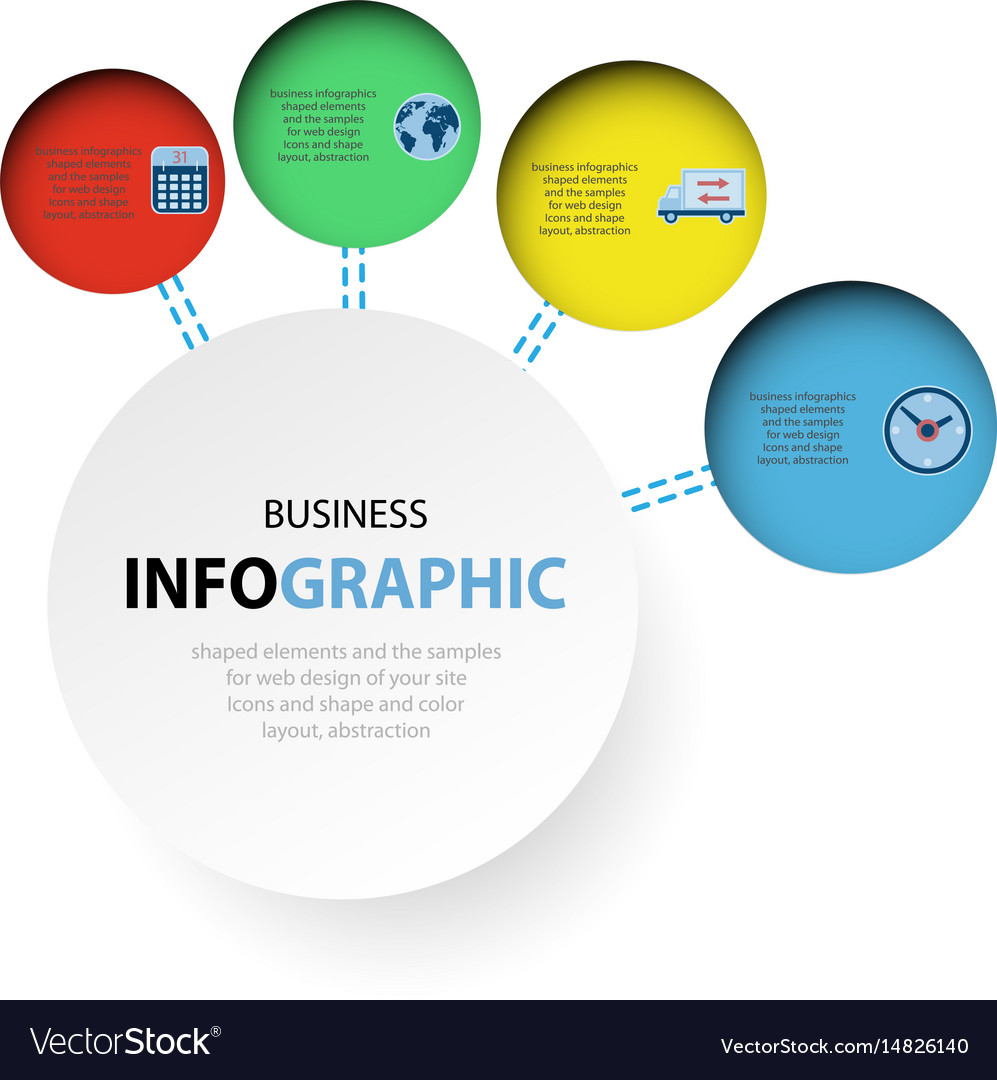In the past, websites were straightforward and focused on info. Navigating was direct, and design was for desktops. Currently, customer experience is essential. Data overviews styles for simple navigation. Receptive layouts fit various tools. Today, dark setting decreases strain, and minimal menus improve navigation. Interactive attributes engage customers, and strong visuals stand apart. AI combination improves interaction. See just how https://connerztmfx.bloggerchest.com/29813175/picking-the-appropriate-resident-search-engine-optimization-provider-for-your-company has actually developed to enhance your on the internet journey.
Early Days of Website Design
In the early days of website design, simplicity preponderated. Web sites were basic, with restricted shades, font styles, and layouts. The emphasis was on supplying details rather than fancy visuals. Customers accessed the net via slow-moving dial-up links, so rate and performance were crucial.
Navigation menus were straightforward, normally situated on top or side of the web page. Internet sites were designed for computer, as mobile surfing had not been yet common. Material was king, and designers prioritized simple readability over complex design components.
HTML was the main coding language used, and developers had to function within its restrictions. Computer animations and interactive functions were marginal contrasted to today's standards. https://localseoservicesnearme62839.vblogetin.com/35479867/carefully-select-an-electronic-advertising-company-for-your-organization-by-considering-your-goals-funds-and-proficiency-in-your-sector-learn-more-to-accomplish-success were static, with little vibrant material or customized customer experiences.
Surge of User-Focused Style
With the evolution of internet site layout, a shift towards user-focused layout concepts has become progressively noticeable. Today, developing web sites that focus on customer experience is important for engaging visitors and attaining business goals. User-focused layout includes comprehending the needs, choices, and habits of your target audience to customize the internet site's design, material, and features appropriately.
Designers currently carry out detailed research study, such as user surveys and functionality screening, to collect insights and feedback directly from customers. This data-driven strategy aids in producing instinctive navigation, clear calls-to-action, and visually appealing interfaces that resonate with site visitors. By placing the individual at the facility of the design process, websites can deliver a much more individualized and pleasurable experience.
Receptive design has additionally become an essential element of user-focused layout, ensuring that web sites are maximized for numerous devices and screen dimensions. This flexibility boosts ease of access and functionality, satisfying the diverse means individuals communicate with sites today. Fundamentally, the rise of user-focused design signifies a change in the direction of developing electronic experiences that focus on the needs and assumptions of the end individual.
Modern Trends in Web Design
Discover the latest fads shaping website design today. One prominent pattern is dark mode style, supplying a streamlined and modern-day look while decreasing eye strain in low-light settings. One more crucial fad is minimal navigating, streamlining menus and improving individual experience by focusing on essential elements. Including micro-interactions, such as animated switches or scrolling impacts, can develop an extra engaging and interactive internet site. Responsive design remains important, guaranteeing smooth customer experiences throughout different gadgets. Additionally, utilizing strong typography and asymmetrical layouts can include aesthetic passion and accentuate specific material.
Integrating AI innovation, like chatbots for consumer assistance or personalized suggestions, boosts user involvement and improves processes. Ease of access has likewise come to be a considerable fad, with designers prioritizing comprehensive style techniques to satisfy varied user demands. Embracing sustainability by optimizing website efficiency for rate and performance is an additional emerging pattern in web design. Working together with user responses and information analytics to repeat and enhance style continually is important for staying relevant in the ever-evolving electronic landscape. By embracing https://dominickqkicw.blogsmine.com/30374988/spark-your-on-line-presence-by-choosing-the-excellent-local-search-engine-optimization-company-for-your-service-learn-exactly-how-to-make-the-appropriate-option , you can create a visually attractive, easy to use web site that reverberates with your target market.
Final thought
As you review the development of website layout from the very early days to now, you can see just how user-focused design has actually come to be the driving pressure behind modern fads.
Welcome https://talkinginfluence.com/2022/06/13/influencer-marketing-tips-and-trends-for-2022/ of modification and adaptation in web design, constantly maintaining the individual experience at the forefront.
Keep present with the latest trends and modern technologies, and never stop progressing your method to create aesthetically stunning and straightforward sites.
Progress, adjust, and develop - the future of web design is in your hands.
